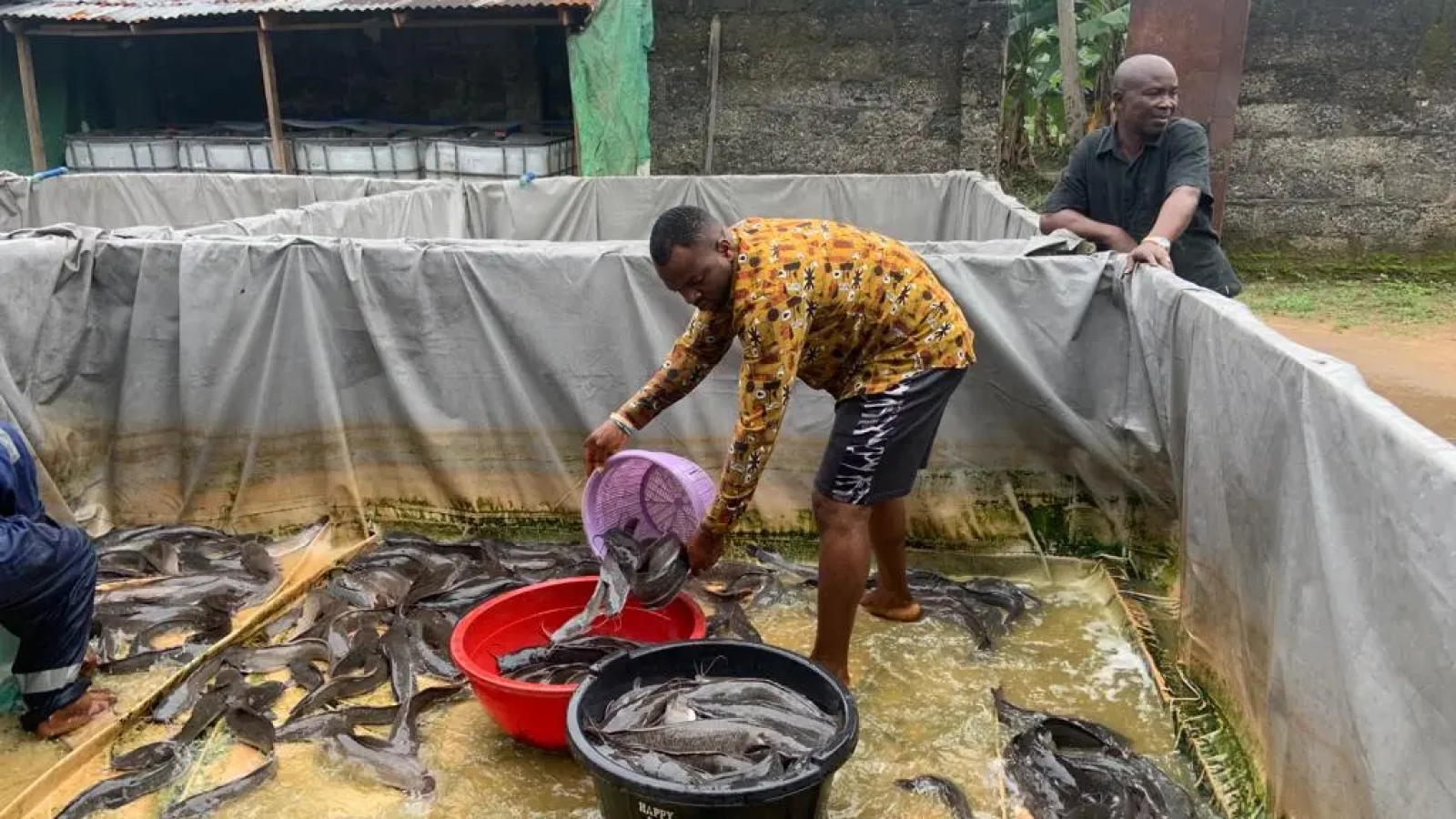Catfish farming is a critical sector in the aquaculture industry, contributing significantly to food security and livelihoods across regions. A detailed analysis of catfish farming data provides a wealth of information about production trends, challenges, and opportunities. Based on insights drawn from a recent survey, this article explores key patterns in production periods, regional practices, stocking methods, and factors influencing farmers’ decisions to exit the industry. This article explores some of the insights obtained from survey data about catfish production before the covid pandemic and during the covid pandemic. we hope that the information can help guide your catfish production efforts. If you would like to download the survey data for yourself, click here to download the file
1. Production Periods and Regional Activity
The data reveals two primary production periods: PreCOVID and COVID, reflecting the timeline’s influence on farming practices. During the PreCOVID era, the southern region led in activity, recording 328 instances of production-related activities compared to 281 in the northern region. Similarly, during the COVID period, the south maintained its lead with 274 instances, while the north reported 235.
This trend underscores the south’s dominance in catfish farming, likely due to favorable climatic conditions, better access to resources, or more established market channels. However, the north’s significant activity highlights its growing role in aquaculture, presenting opportunities for further development through targeted interventions.
2. Stocking and Harvesting Patterns
The stocking and harvesting trends shed light on the scale and timelines of catfish production. On average, farmers stocked 4,112 fingerlings, with numbers ranging from as low as 100 to as high as 60,000. This vast range indicates diverse farm sizes and production capacities. Most farms stocked between 1,500 and 5,000 fingerlings, representing the typical operational scale for small to medium enterprises.
Harvesting timelines varied depending on the date of stocking, with a typical cycle spanning three to five months. These timelines are influenced by factors such as fingerling size, feeding practices, and water management techniques. Understanding these patterns is crucial for optimizing production cycles and maximizing yields.
3. Water Source Utilization
Access to reliable water sources is a cornerstone of successful catfish farming. The survey highlights the dominance of boreholes, used by 425 farms in the north and 435 in the south. Boreholes’ reliability and consistent water quality likely contribute to their popularity.
Other water sources include:
- Streams or Rivers: Used by 130 farms in the south and 48 in the north. Proximity to natural water bodies makes this option viable for many farmers in the south.
- Wells: More common in the north (53 farms) than the south (16 farms), reflecting regional differences in water accessibility.
- Springs (Underground): Least utilized, with limited adoption in both regions.
Efforts to enhance water infrastructure, particularly in regions relying on less reliable sources, could significantly improve production outcomes.
4. Challenges Leading to Farmer Exits
Despite its potential, catfish farming faces challenges that drive some farmers to exit the industry. The data identifies key exit reasons, including:
- Cost of Feed: A primary concern for many farmers, reflecting the significant expense associated with feeding catfish.
- Lack of Funds: Financial constraints, exacerbated during the COVID period, emerged as a critical barrier.
- External Factors: In some cases, farmers cited external challenges such as heavy truck parking affecting operations.
Interestingly, many responses were recorded as “Nil” or “Non,” suggesting gaps in data collection. Addressing these gaps through improved record-keeping and surveys could provide a clearer understanding of the issues.
5. The Role of Record-Keeping
The data highlights the importance of comprehensive record-keeping in catfish farming. Farmers who maintained detailed records of inputs, finances, and farm activities were better positioned to track performance and make informed decisions. Encouraging the adoption of digital record-keeping tools could further enhance efficiency and transparency in the sector.
6. Opportunities for Growth
The insights from this dataset point to several opportunities for advancing catfish farming:
a) Capacity Building: Providing farmers with training on efficient production techniques, financial management, and record-keeping could boost productivity and profitability.
b) Access to Inputs: Addressing the high cost of feed through subsidies, alternative feed sources, or cooperative purchasing models could alleviate financial pressure on farmers.
c) Infrastructure Development: Expanding access to reliable water sources, particularly in the north, would enhance production potential.
d) Policy Support: Governments and stakeholders can develop policies to support aquaculture, such as grants, low-interest loans, or tax incentives for farmers.
7. Conclusion
Catfish farming remains a vital component of the aquaculture sector, offering significant benefits to farmers and communities. The analysis of production data provides valuable insights into regional trends, operational practices, and challenges faced by farmers. By addressing these challenges and leveraging the identified opportunities, stakeholders can unlock the full potential of catfish farming, ensuring its sustainable growth and contribution to food security.

Add a Comment